Inside ‘De toutes beautés!’, the Louvre’s new exhibition narrating 10,000 years of beauty ideals through art
‘De toutes beautés!’ marks the beginning of a three-year partnership between the Louvre and L’Oréal Groupe. India Birgitta Jarvis reports on the show for Wallpaper*
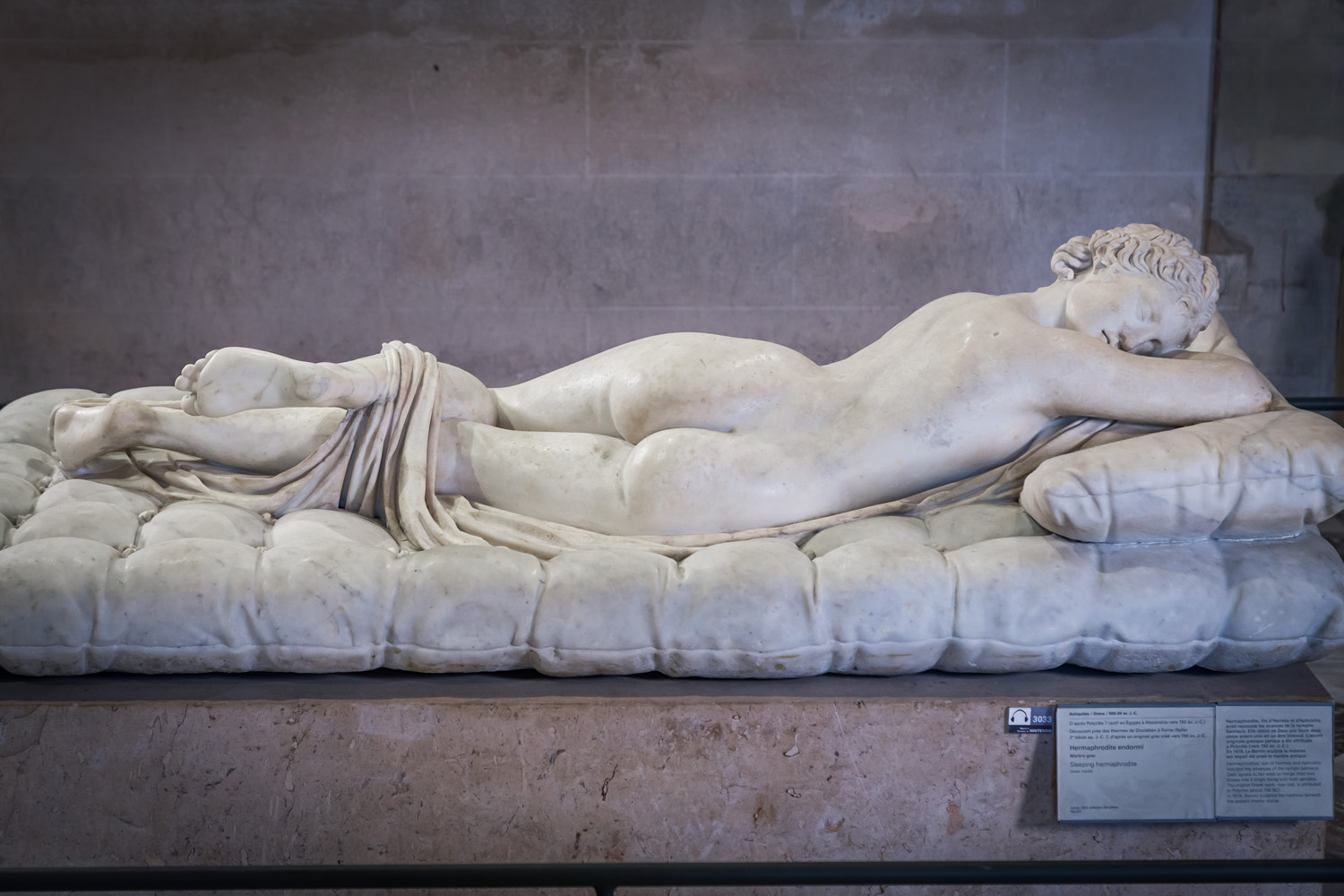
This week (11 - 17 November 2024) the opening of a new exhibition titled ‘De toutes beautés!’ (Of all beauties!) marks the beginning of a three-year partnership between two of France’s preeminent institutions: L’Oréal Groupe and the Louvre Museum. Although arguably, it’s less of an exhibition and more of a proposition on interpreting historical and present-day definitions of beauty through 108 carefully selected artworks in the Louvre’s permanent collection.
Specially conceived text and audio accompaniments complement each of the pieces, which are spread throughout the museum’s eight curatorial departments. Spanning 10,000 years of human history, they are loosely categorised according to cosmetics, objects and rituals, societal transformations and canonical beauty ideals.
Inside ‘De toutes beautés!’ at the Louvre Museum in Paris
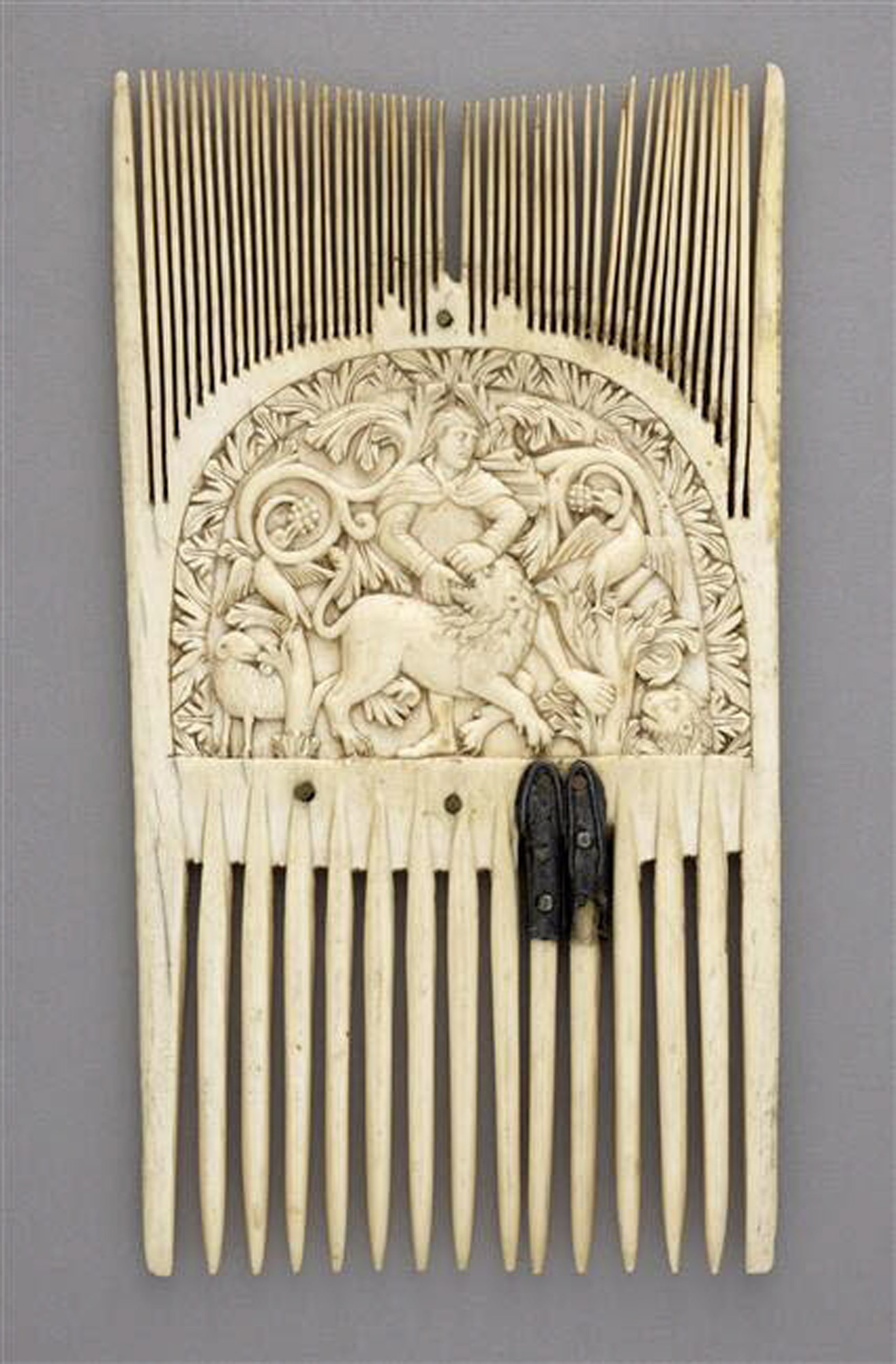
A Carolingian ivory hair comb showing Samson and the Lion (c.9th Century AD) at the Louvre
The L’Oréal Groupe, with a portfolio of 37 international brands and a global presence across distribution channels from hair salons to perfumeries, turns 115 years old in 2024. ‘Our goal is to look at every person and to create what it is they want, using science and creativity to fulfil the dreams of beauty that people have,’ Delphine Urbach, the group’s director of Art, Culture and Heritage, tells Wallpaper*. If art and visual culture inform society of what is beautiful, then ‘it is our job to come in and help them achieve that. But it’s art that creates the standards,’ she continues.
Strikingly, far from highlighting huge changes to our perception of beauty, ‘De toutes beautés!’ demonstrates how much ancient civilisations are still influencing our modern understanding. As the Louvre’s director of Mediation and Audience Development Gautier Verbeke said in a press statement, the intention behind the show is to ‘trace the threads that bring us back to our time, to its pop culture, in order to better make visitors sensitive, in the present, here and now, to history and the ancient history of forms and images.’
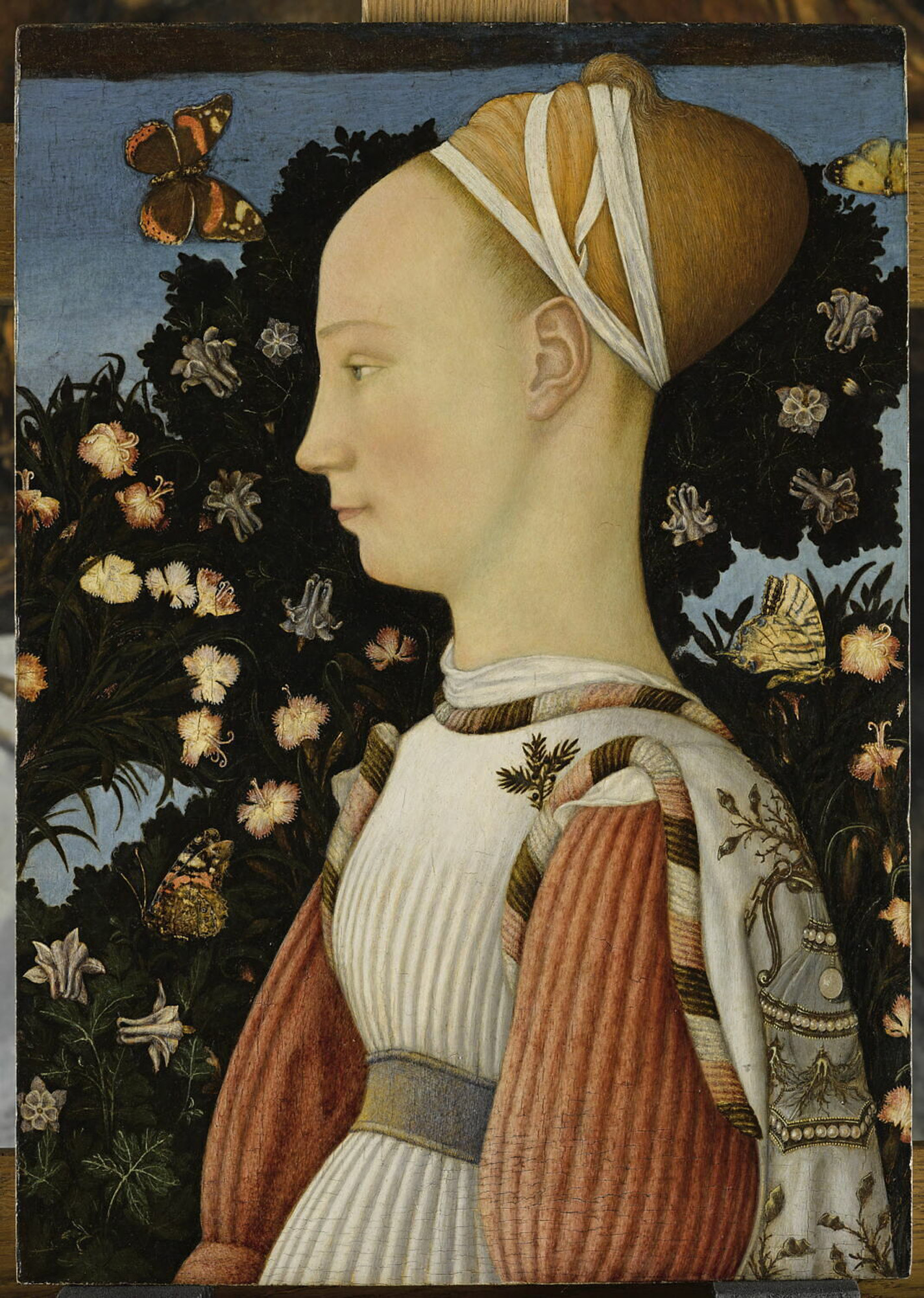
Portrait of a Princess by Pisanello (c.1435 - 1445)
As a result, visitors will see Roman-Greco statues in alabaster marble that have the same rippling six-packs familiar from any modern-day Calvin Klein underwear advert. A diminutive statue in the Department of Islamic Art from around 200 AD is thought to depict someone from the very highest echelons of society; even millennia ago, beauty and status went hand-in-hand. Fast forward to the Renaissance era and Botticelli’s three graces, depicted in his fresco Venus and the Three Graces Presenting Gifts to a Young Woman (c.1483 - 1486), have rosebud lips, dewy eyes and heart-shaped faces.
Pisanello’s Portrait of a Princess (c. 1435 - 1445) looks, at first glance, like the 15th century’s answer to a ‘Croydon facelift’, with an unflattering dearth of contouring about the forehead. But, as an audio description informs, the royal’s hairline had been meticulously plucked according to contemporary fashion.
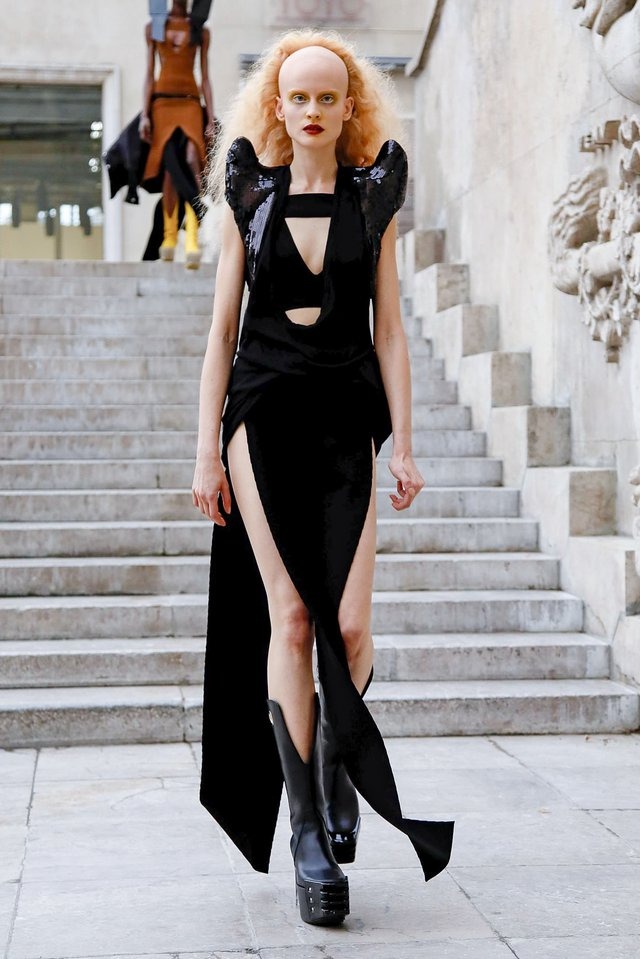
Rick Owens S/S 2020, where hairstylist Duffy created ‘skullets’ that echo Pisanello’s Portrait of a Princess (c. 1435 - 1445)
It is a style that can also be seen across various other cultures in history, such as the Manchus of Qing China. It has also been referenced in the 20th and 21st century in ‘skullets’ sported in punk and goth subculture and also on the fashion runway. (For Rick Owens’ S/S 2020 show, Duffy created a similar look; FKA Twigs also recently sported a half-shaved head with long braids at the back, by hairstylist Louis Souvestre).
Receive our daily digest of inspiration, escapism and design stories from around the world direct to your inbox.
For Urbach, this connection between past and present is also typified by a bust of Meritaten, the first daughter of Akhenaten and Nefertiti. One of the earliest uses of cat-like eyeliner can be traced back to ancient Iraq and Egypt. ‘She makes up her eyes like me – or maybe I make up my eyes like her!’ she says. ‘My mother is Egyptian and as a little girl I saw her applying that black kohl in the same kind of style. Now, my daughter has seen a picture of this piece of art and said: “Mama, it’s you!”’
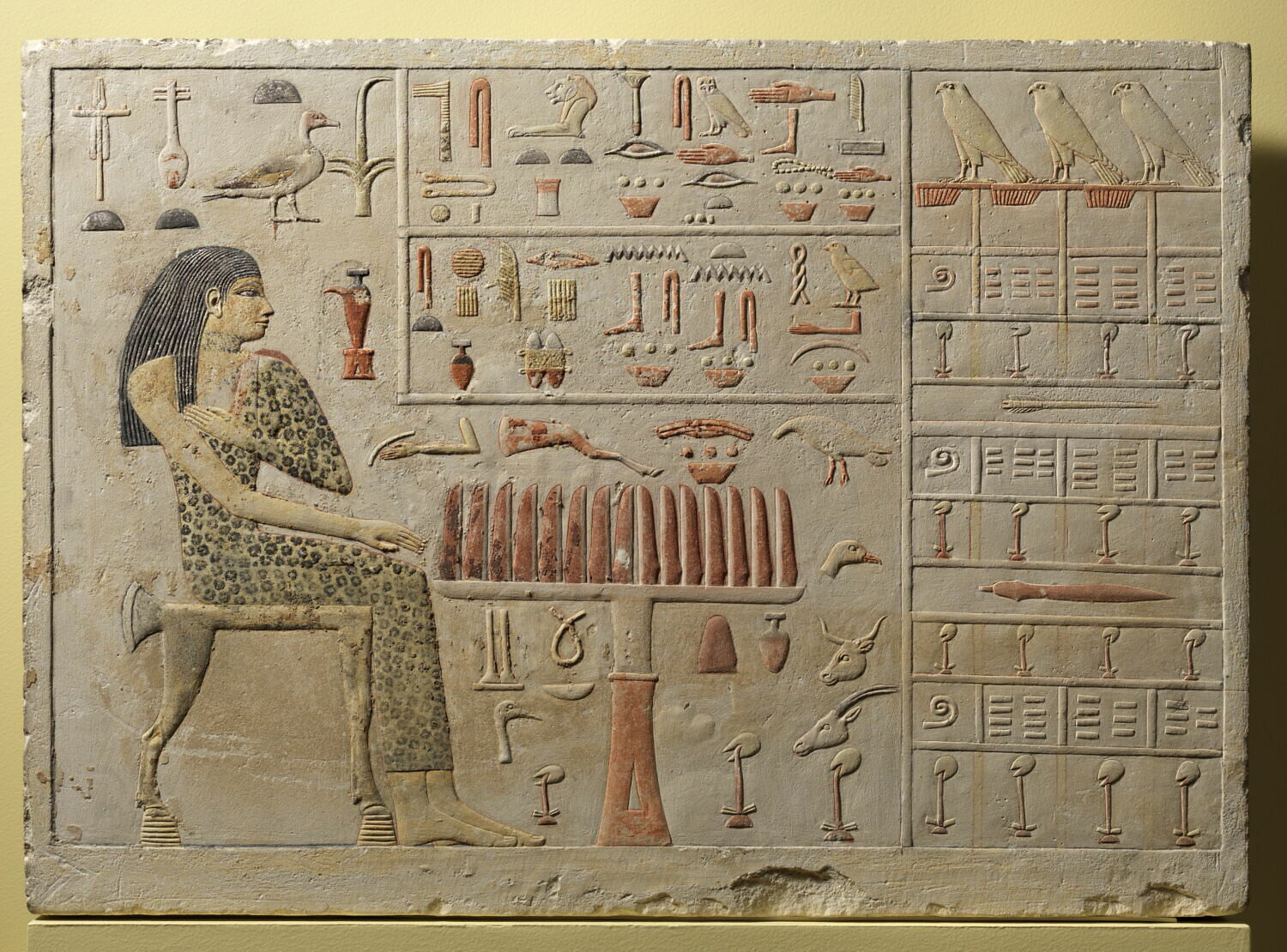
Stele of Nefertiabet, in which the princess wears kohl liner and a tripartite wig (c.2686 - 2125 BC) at the Louvre
These personal, emotional links with artworks were something of a driving force in selecting which pieces to highlight. And the curatorial team enjoyed sharing a closeness with the objects. ‘We started with a general idea of the things we would include, according to the official art historical canon, but in the end, everyone in the team would say, “I want that piece in!” because they found they were moved as individuals.’ As a visitor, it is interesting to look around the museum and observe some of the artworks that were not included – did these not represent beauty in their day? Or, are our current prejudices telling us they didn’t?
There were challenging curatorial limitations too: out of all the pieces, only two are confirmed to have been created by female artists. A number of cultures go unrepresented, simply because they are not part of the Louvre’s permanent collection. But perhaps, this further speaks to our canonical understanding of beauty standards, which have largely been dictated by a Westernised male gaze.
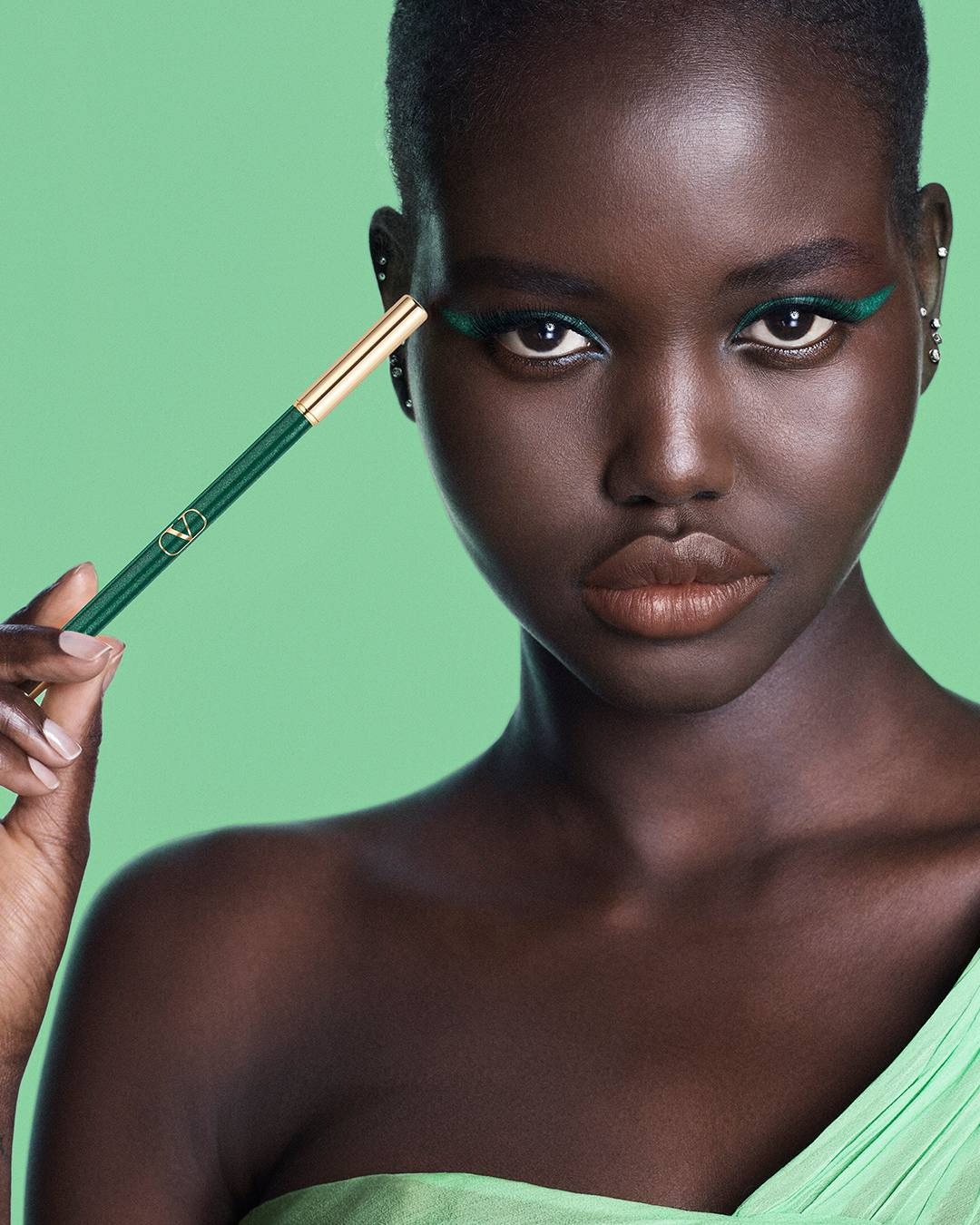
Valentino Beauty (of L’Oréal Groupe) recently launched ‘Colourgraph Eyeliner Pencils’, a modern iteration of the kohl liner that can be traced back to ancient Egypt
But, with the partnership continuing until 2027, this is just the start for the Louvre and L’Oréal Groupe. The latter has also just reissued an updated version of 2009 book 100,000 Years of Beauty, published by Éditions Gallimard and edited by anthropologist Elizabeth Azoulay, which brings together contributions from 400 authors from diverse cultures across approximately 35 nationalities over five volumes.
‘Art is the first witness to the human quest for beauty. Both inspire each other, both speak of humanity and its evolution, and both reflect the questions of that humanity,’ says Urbach. ‘As a result, art has always held a special place in our desire to shed light on the subject of beauty in all its diversity, to share it and to highlight the deeper meaning of self-beautification and the transformations of appearance in relation to oneself, to others, and to the world.’
India is a writer and editor based in London. Specialising in the worlds of photography, fashion, and art, India is features editor at contemporary art and fashion bi-annual Middle Plane, and has also held the position of digital editor for Darklight, a new-gen commercial photography platform. Her interests include surrealism and twentieth century avant-garde movements, the intersection of visual culture and left-wing politics, and living the life of an eccentric Hampstead pensioner.
-
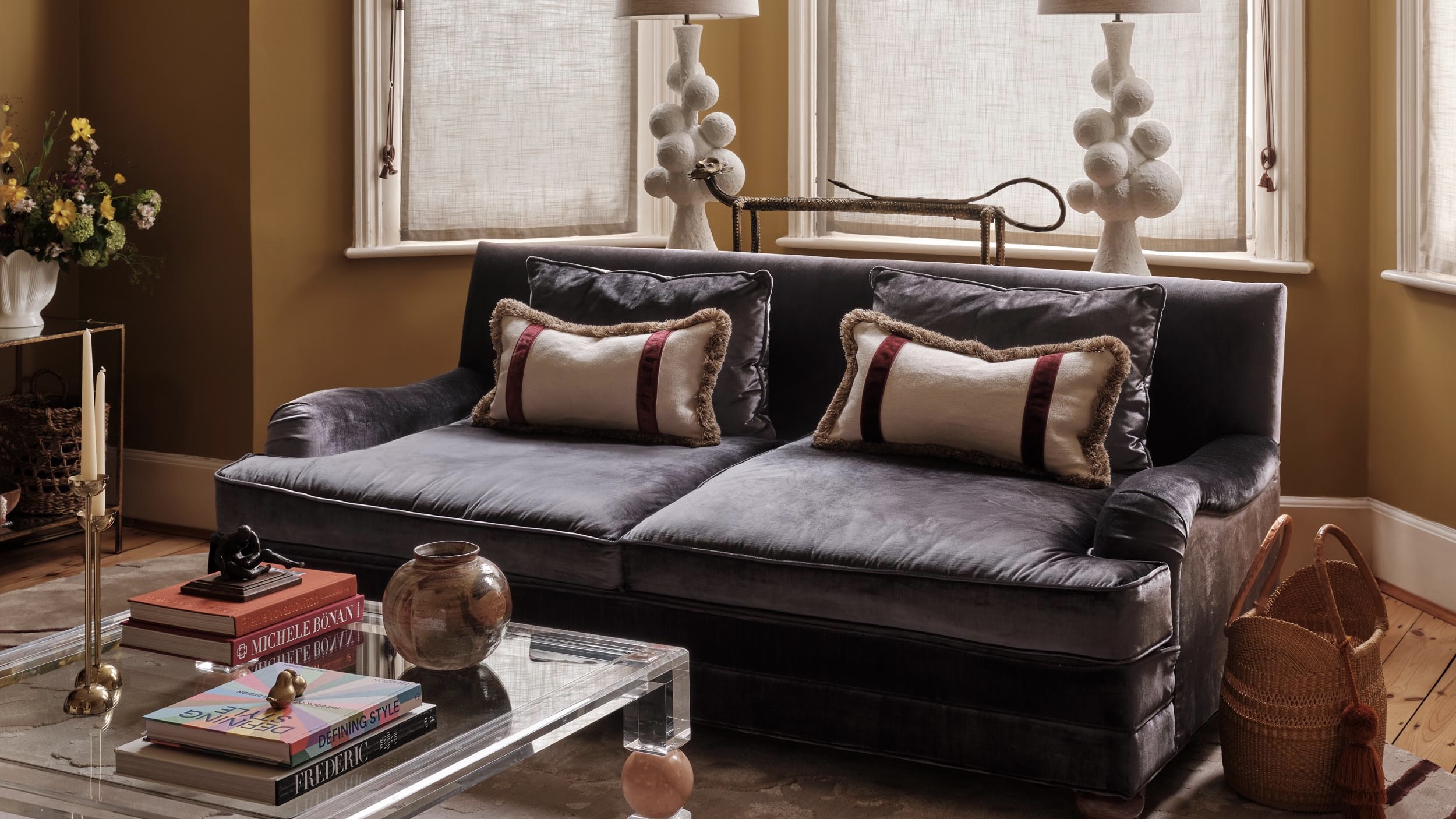 How to elevate a rental with minimal interventions? Charu Gandhi has nailed it with her London home
How to elevate a rental with minimal interventions? Charu Gandhi has nailed it with her London homeFocus on key spaces, work with inherited details, and go big on colour and texture, says Gandhi, an interior designer set on beautifying her tired rental
-
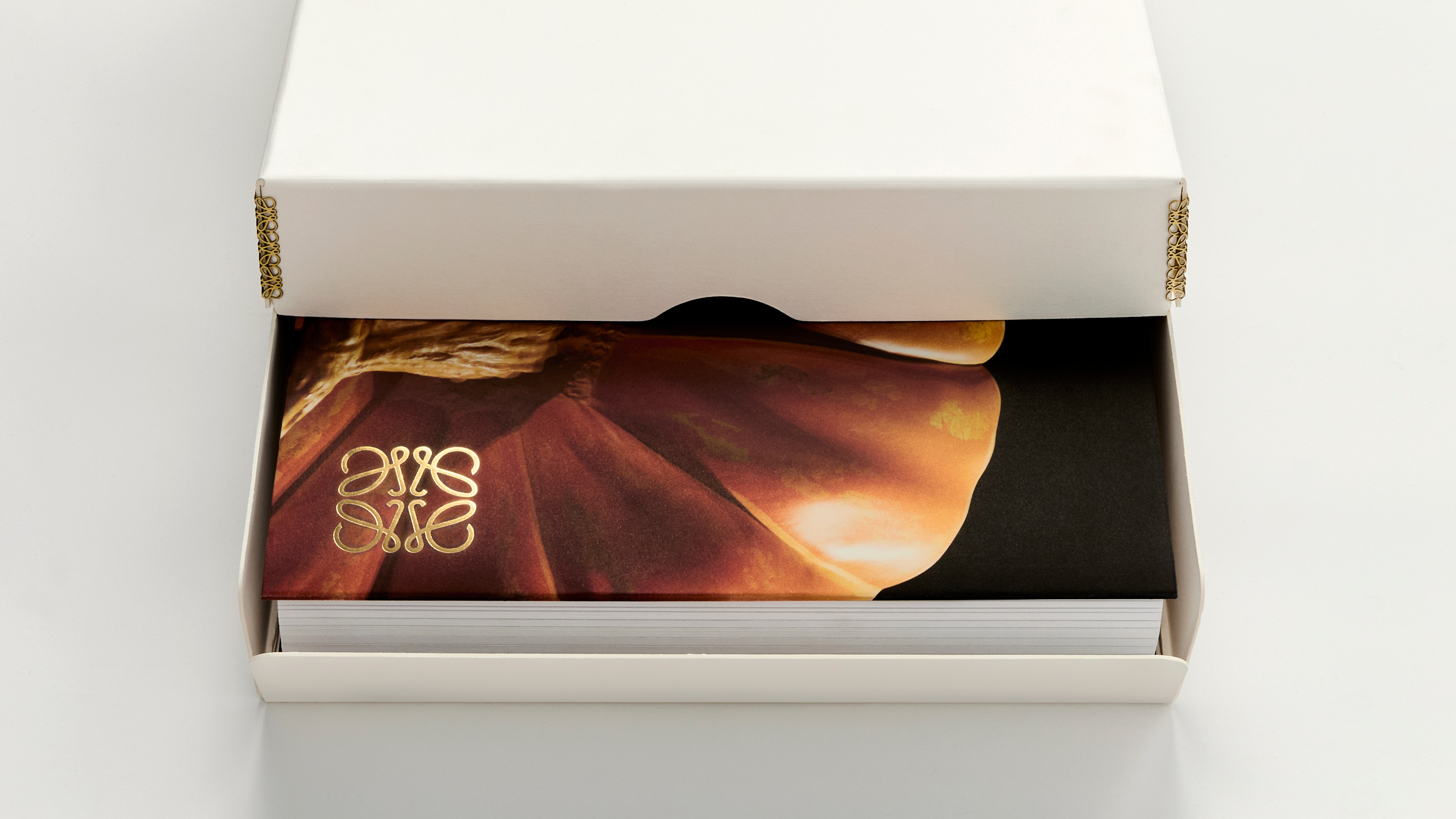 These fashion books, all released in 2025, are the perfect gift for style fans
These fashion books, all released in 2025, are the perfect gift for style fansChosen by the Wallpaper* style editors to inspire, intrigue and delight, these visually enticing tomes for your fashion library span from lush surveys on Loewe and Louis Vuitton to the rebellious style of Rick Owens and Jean Paul Gaultier
-
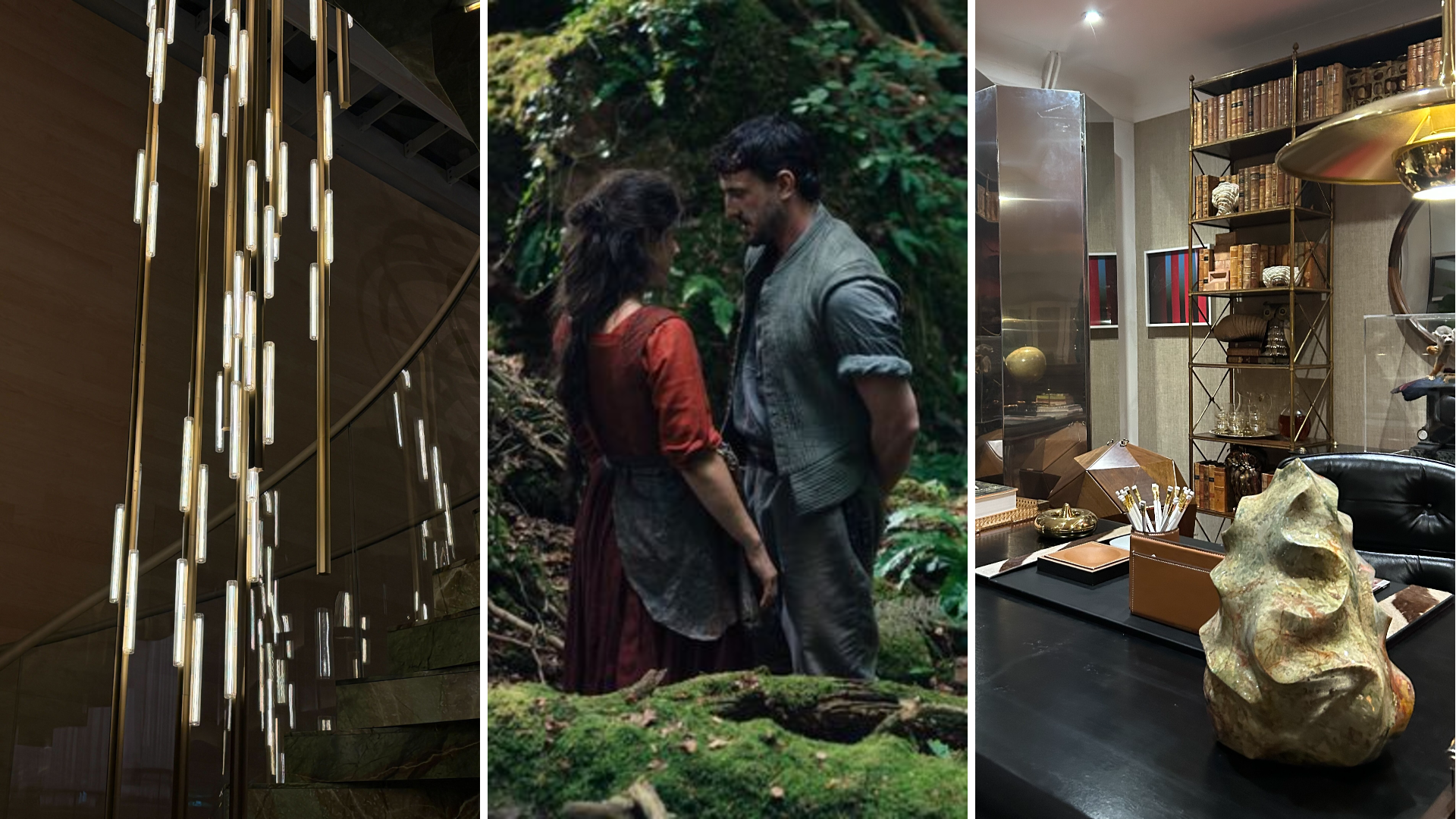 Out of office: The Wallpaper* editors’ picks of the week
Out of office: The Wallpaper* editors’ picks of the weekFar from slowing down for the festive season, the Wallpaper* team is in full swing, hopping from events to openings this week. Sometimes work can feel like play – and we also had time for some festive cocktails and cinematic releases
-
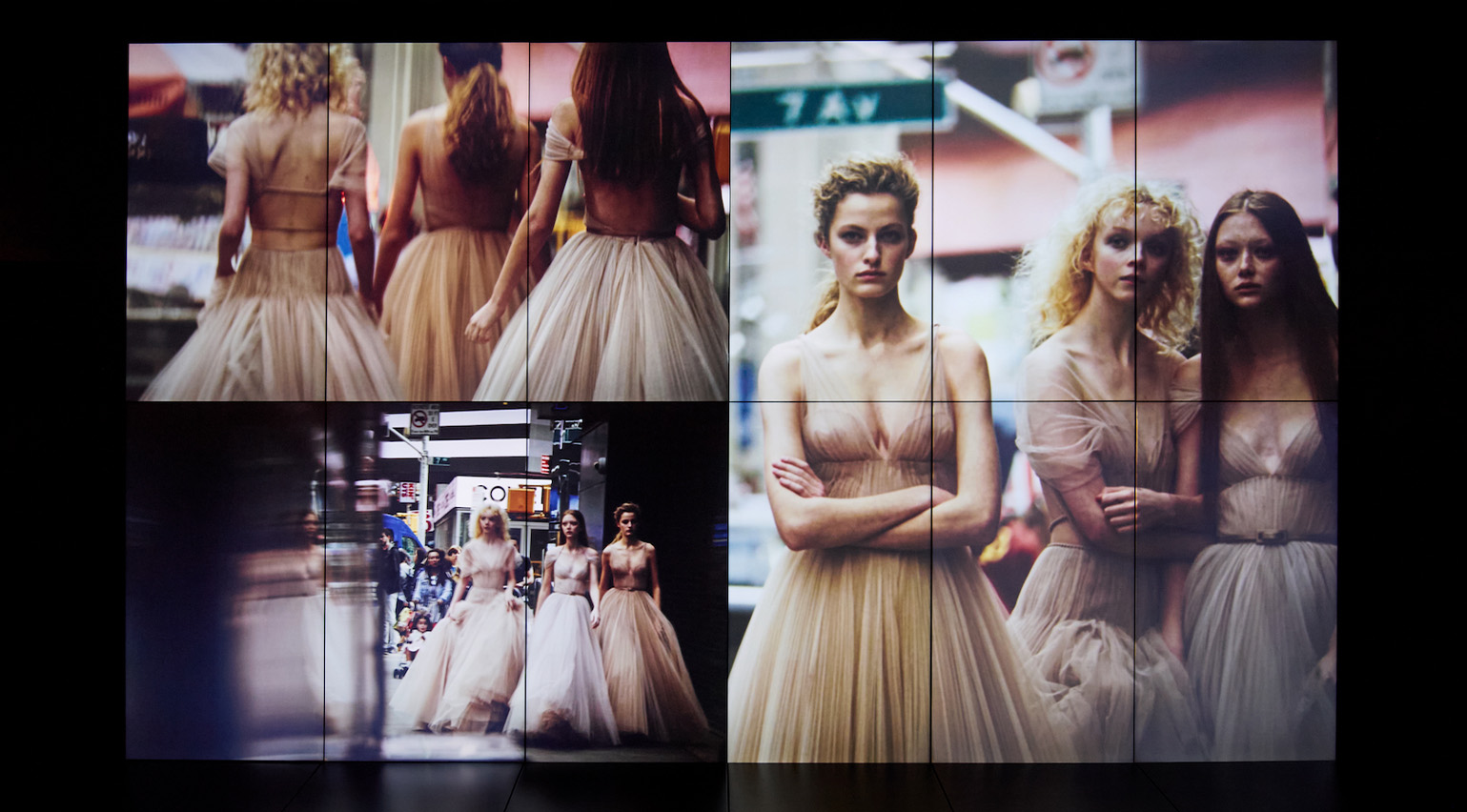 ‘He immortalised the birth of the supermodel’: inside Dior’s career-spanning retrospective of photographer Peter Lindbergh
‘He immortalised the birth of the supermodel’: inside Dior’s career-spanning retrospective of photographer Peter LindberghOlivier Flaviano, head of Paris’ La Galerie Dior, talks us through a new Peter Lindbergh retrospective, which celebrates the seminal German photographer’s longtime relationship with the French house
-
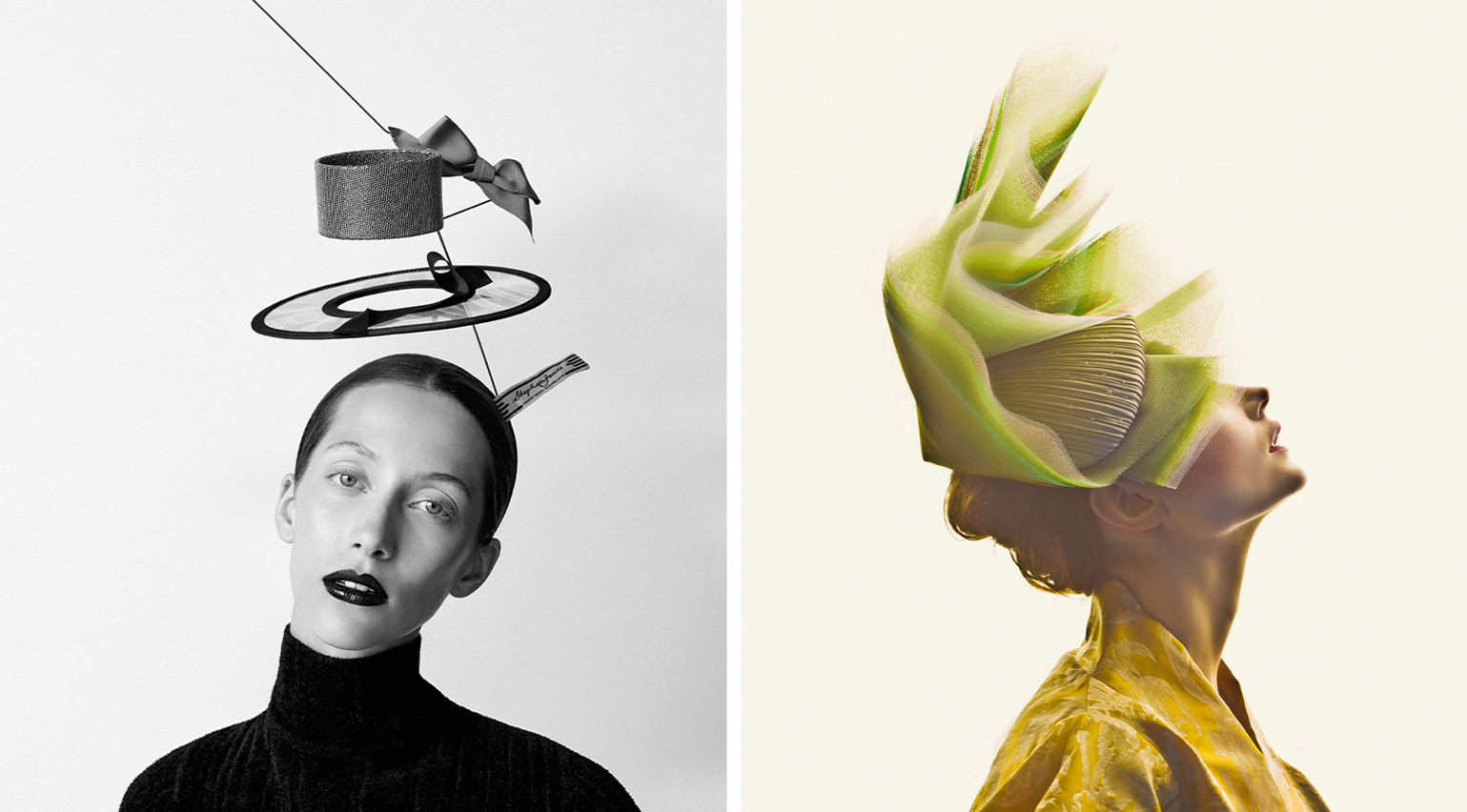 ‘A hat is an alibi, a fabulous lie’: radical milliner Stephen Jones on his career-spanning new Paris exhibition
‘A hat is an alibi, a fabulous lie’: radical milliner Stephen Jones on his career-spanning new Paris exhibitionAs ‘Stephen Jones, Chapeaux d’Artiste’ opens at Paris’ Palais Galliera, the British milliner tells Wallpaper* about the transformative power of hats, the one designer he wishes he’d collaborated with, and his lifelong love of Paris
-
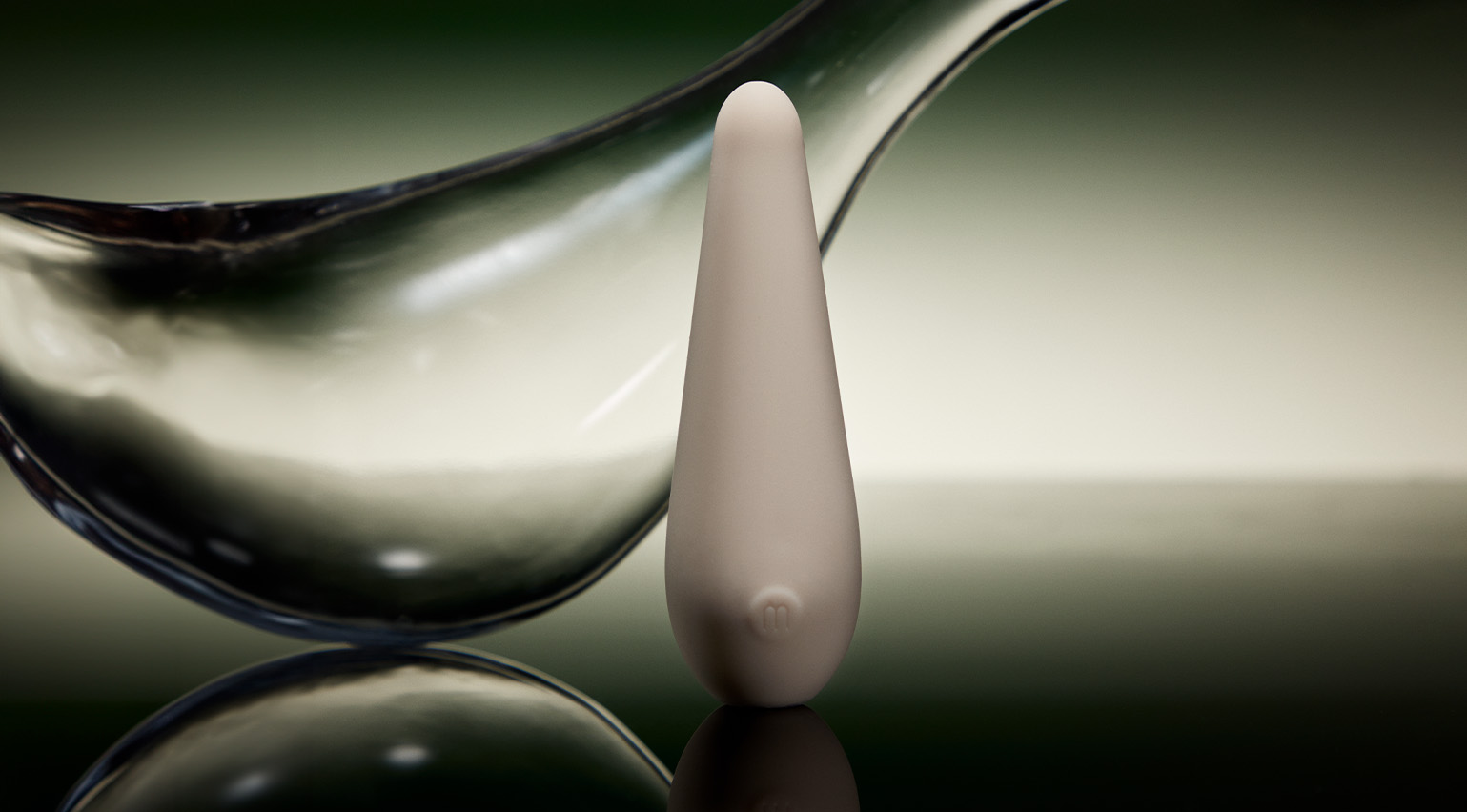 Maude’s Brâncuși-inspired sex toys go on display in a new Paris exhibition
Maude’s Brâncuși-inspired sex toys go on display in a new Paris exhibitionMaude’s design-led vibrators are now on display at Musée des Arts Décoratifs in Paris, as part of ‘Private Lives: From the Bedroom to Social Media’. Brand founder Éva Goicochea talks to Wallpaper* about partnering with the museum and opening up cultural conversations around sex
-
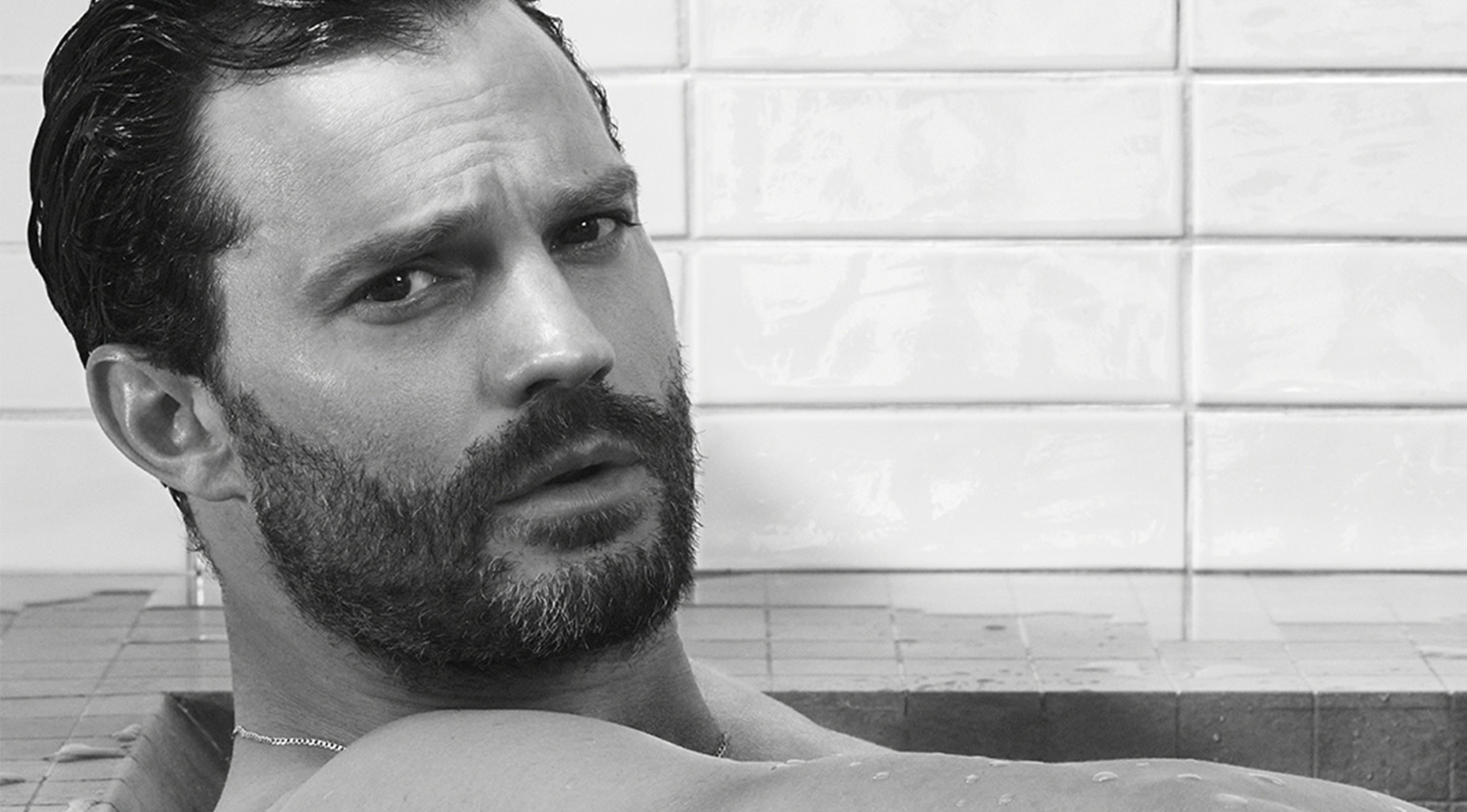 Watch: Jamie Dornan takes a bath in Le Corbusier’s villa for Loewe Perfumes
Watch: Jamie Dornan takes a bath in Le Corbusier’s villa for Loewe PerfumesJamie Dornan stars alongside Sophie Wilde in the new Loewe Perfumes 2024 campaign, shot by David Sims in Le Corbusier’s Villa Savoye
-
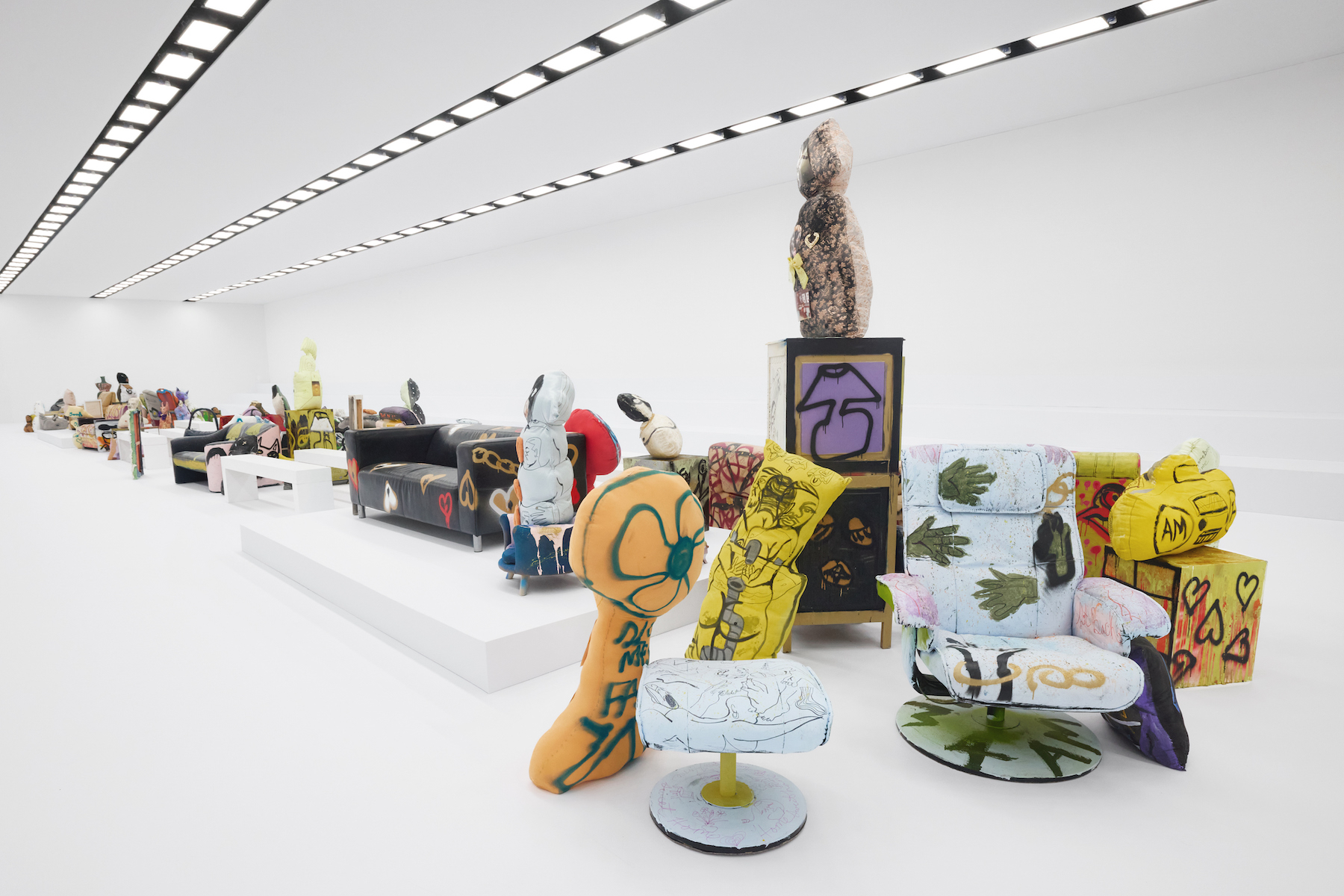 Jonathan Lyndon Chase on creating a ‘complicated and messy’ domestic space for Acne Studios’ latest show
Jonathan Lyndon Chase on creating a ‘complicated and messy’ domestic space for Acne Studios’ latest showA musing on ‘emotions and the body, and how they affect the space around you’: American artist Jonathan Lyndon Chase tells Mahoro Seward the story behind their Acne Studios runway set, which will backdrop the brand’s S/S 2025 show in Paris later today
-
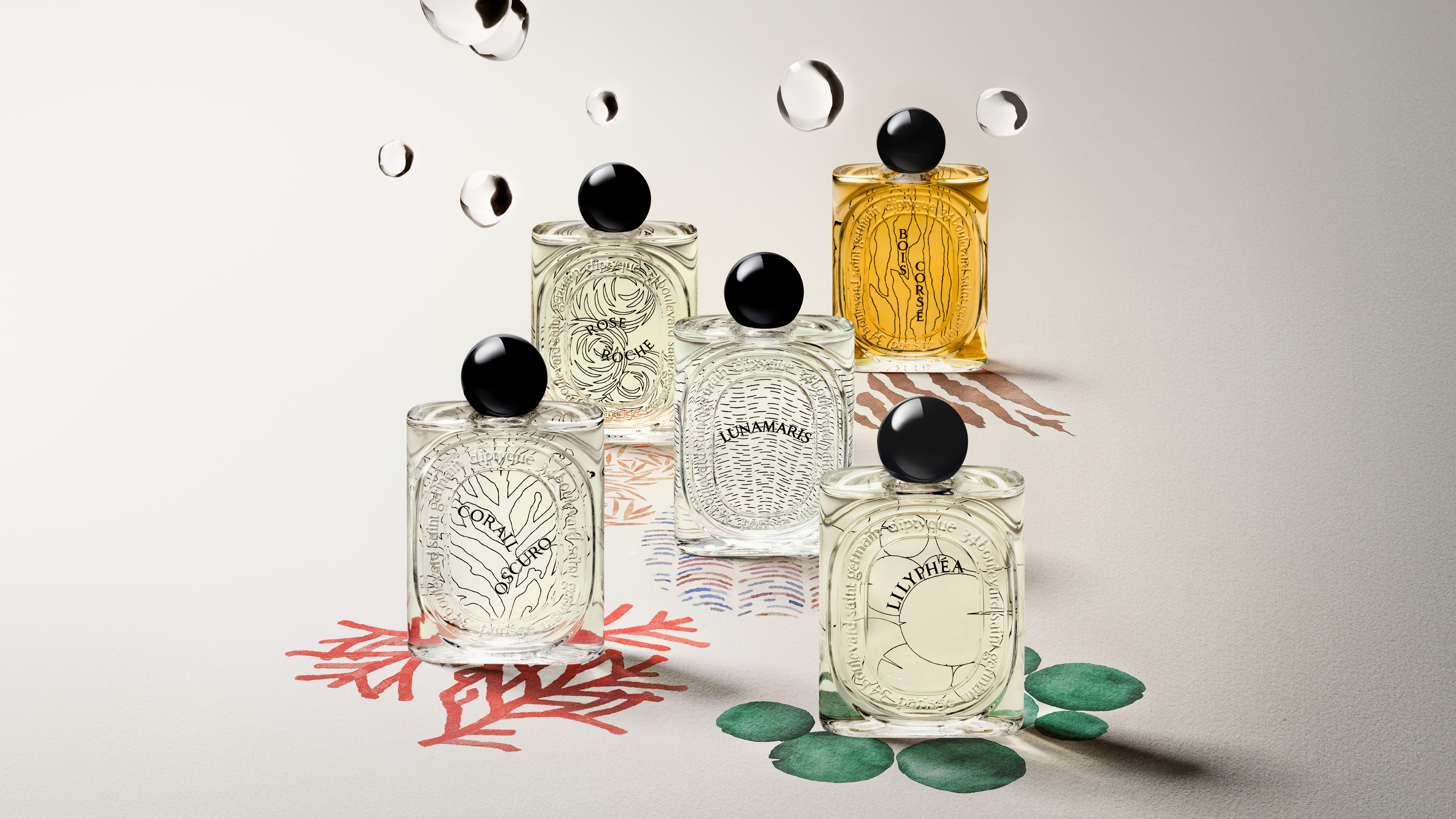 First look: how Diptyque used synaesthesia to create its poetic new perfume collection
First look: how Diptyque used synaesthesia to create its poetic new perfume collectionDiptyque’s new perfume collection, ‘Les Essences de Diptyque’, captures the scent of coral and mother of pearl. Ahead of its launch, the maison’s noses tell Wallpaper* how this was done
-
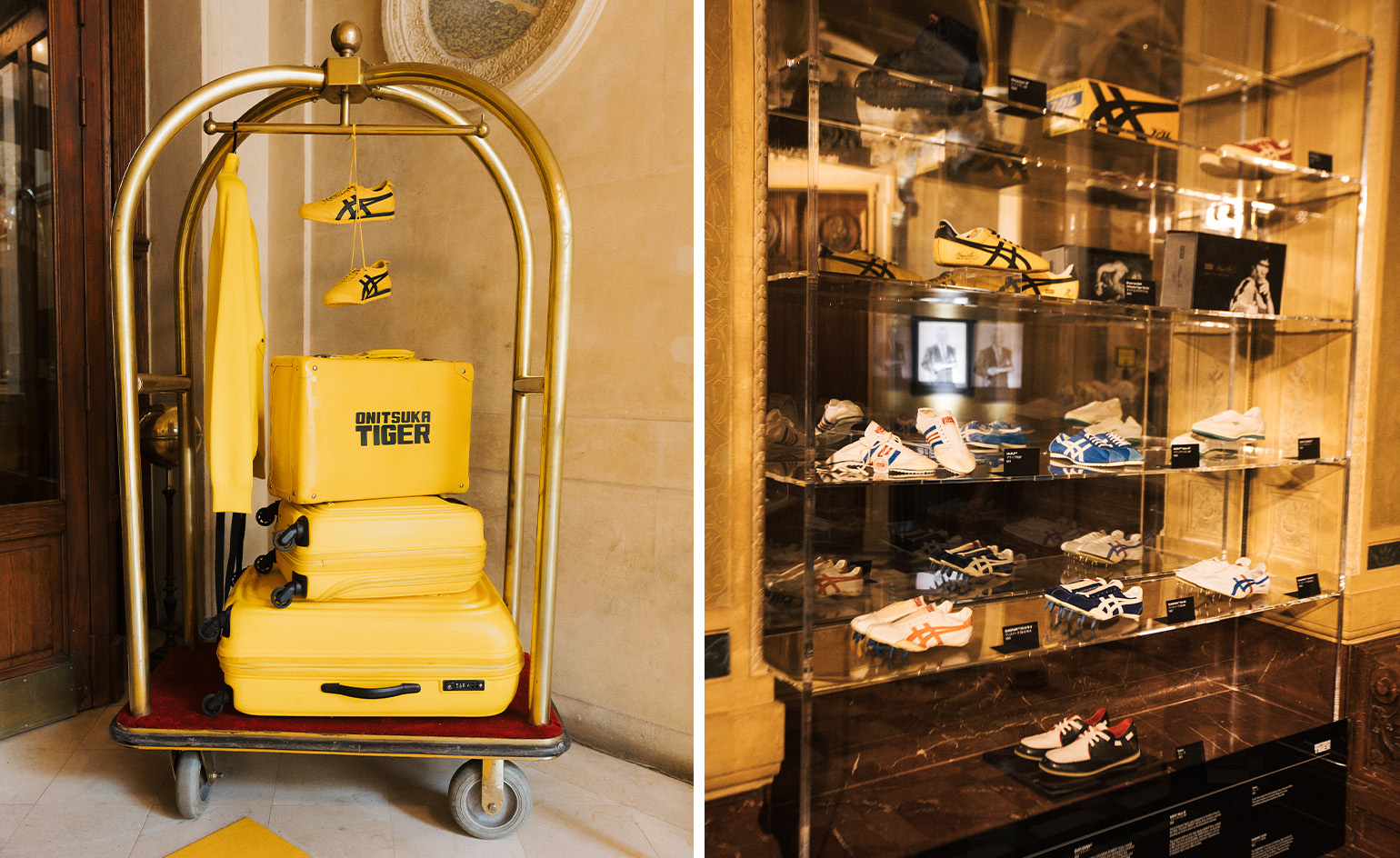 In time for the Olympics, Onitsuka Tiger opens a Paris ‘hôtel’
In time for the Olympics, Onitsuka Tiger opens a Paris ‘hôtel’Hôtel Onitsuka Tiger, on Avenue des Champs-Élysées, promises an immersive journey into the Japanese brand’s 75-year history, featuring some memorable ’residents’
-
 First look: Stephen Jones’ extraordinary headwear to be celebrated in Paris exhibition
First look: Stephen Jones’ extraordinary headwear to be celebrated in Paris exhibition‘Stephen Jones, chapeaux d'artiste’ will span over four decades of the milliner’s ‘transformative and fun’ headwear, with a particular focus on his work in Paris – including a 30-year collaboration with Dior